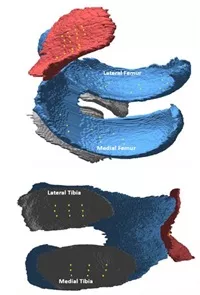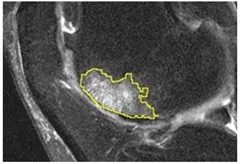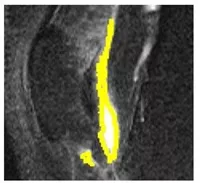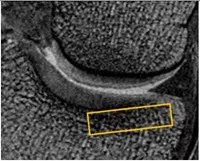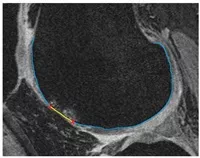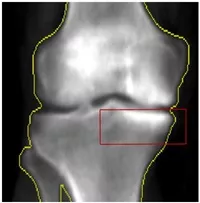Osteoarthritis (OA) is a disease that increases in incidence and prevalence with advancing age, such that in those over the age of 60, about 10% men and 13% women have symptomatic knee OA. With aging of the population, the number of people in the age range with the greatest severity of OA continues to increase. Furthermore, OA is a leading cause of morbidity and disability, and thus carries high socioeconomic costs. In 2004 arthritis was estimated to cost the United States $336 billion, or 3% of gross domestic product, with OA the most common form of arthritis.
The Division of Rheumatology at Tufts Medical Center has many experienced researchers. It is recognized as one of the nation’s leading centers for the treatment of arthritis and rheumatic diseases. It has a long history of training rheumatology clinical and research fellows. It has built a productive research program that focuses on osteoarthritis and musculoskeletal disorders with emphasis on imaging aspects and on development and testing of structure-modifying interventions. The Division of Rheumatology has performed eight NIH-funded clinical trials for knee osteoarthritis and other musculoskeletal related disorders aimed at disease modification and comparative effectiveness evaluations since 2003.
Our research group has people with expertise in clinical research, statistics, and medical image processing. We have customized software to quantitatively measure OA related image biomarkers (e.g., cartilage, bone marrow lesion, effusion/synovitis, bone volume fraction, cartilage denudation, bone marrow density, etc.) from MRI or x-ray. We also have ability to exploring novel biochemical and imaging biomarkers.
